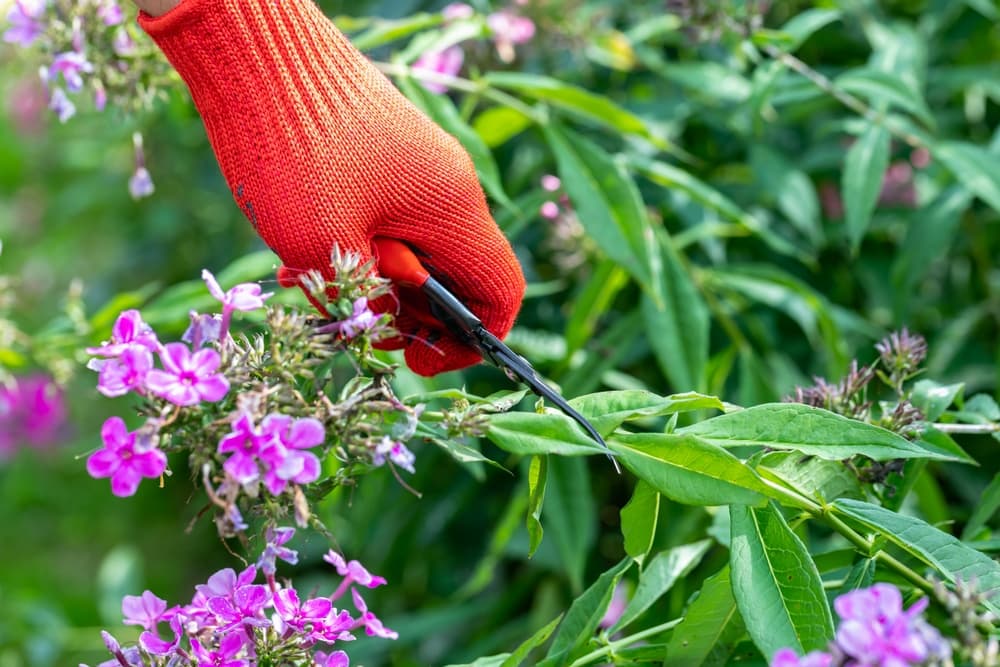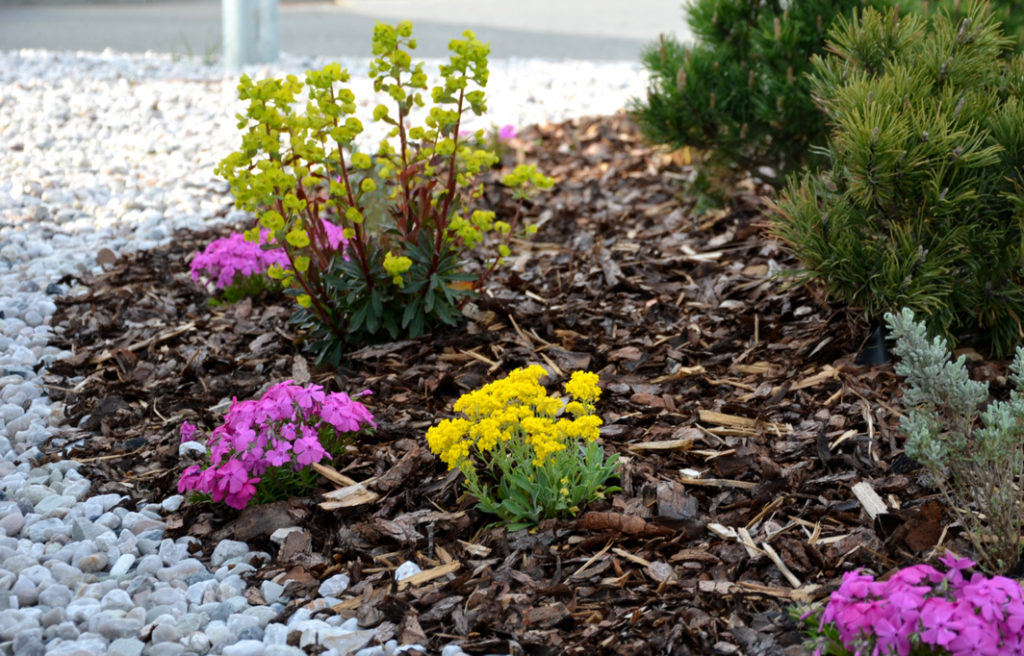Help Phlox Survive Winter By Moving Pots Indoors, Cutting Back And Insulating With Mulch

PERENNIALS > PHLOX > OVERWINTERING
Reviewed By COLIN SKELLY

Colin is a Horticulturist and Horticultural Consultant with experience in a range of practical and managerial roles across heritage, commercial and public horticulture. He holds the Royal Horticultural Society’s Master of Horticulture award and has a particular interest in horticultural ecology and naturalistic planting for habitat and climate resilience.
IN THIS GUIDE
PHLOX GUIDES
Bare Root Planting
Deadheading
Dividing
Growing From Seed
Propagating
Pruning
Transplanting
Varieties
– Purple
Winter Care
Famed for its long blooming season and ease of care, phlox is a vibrant plant which is favoured by horticulturalists all across the UK.
There are many different types of phlox, each of which has its own (modest) demands throughout the year.
Of course, annual phlox will only last for a single season and as such can be pulled up in winter and replaced the following spring.
| Difficulty | Easy |
| Equipment Required | Gardening gloves, pruning shears, cloth, isopropyl alcohol, organic mulch |
However, perennials will come back even stronger if given the appropriate care.
The exact precautions you should take can vary from one species of phlox to another, so it’s a good idea to check with the garden centre, nursery or website from which you purchased the plant.
In general, however, you can care for phlox in winter by following these three steps:
- Move any pot-grown phlox indoors.
- Cut back and prune your plants to prepare them for the onset of winter.
- Provide phlox with organic mulch.
If you’re feeling confused by any of those instructions, don’t worry – each step is covered in greater detail below.
1) Move Pot-Grown Phlox Indoors
The easiest way to protect phlox from the ravages of winter is to take them away from its icy embrace.
If you are growing phlox in outdoor containers, it couldn’t be easier to move them to a warmer environment.

A greenhouse, conservatory or indoor windowsill is an ideal temporary location for your phlox over winter.
Just remember to wait until the last frost has passed before transplanting them back outside.
2) Cut Back Garden Plants

Once your phlox has died back, you can cut the stems back to the ground.
You don’t need to do this right away as you can leave the stems for wildlife, but clear away before new growth in spring.
3) Insulate With Organic Mulch

Lay organic mulch around the plant.
Just remember to leave a gap of around 6cm between the base of the stem and your mulch layer.
“I prefer to use compost as a mulch as it provides a lovely dark contrast to spring bulbs and perennials,” shares Colin Skelly, a Horticultural Consultant.
“However, I am becoming a fan of fine bark, as I find it provides a really good friable soil surface and is still dark in appearance when laid down.”
This will prevent the soil from becoming waterlogged and the roots from rotting.

